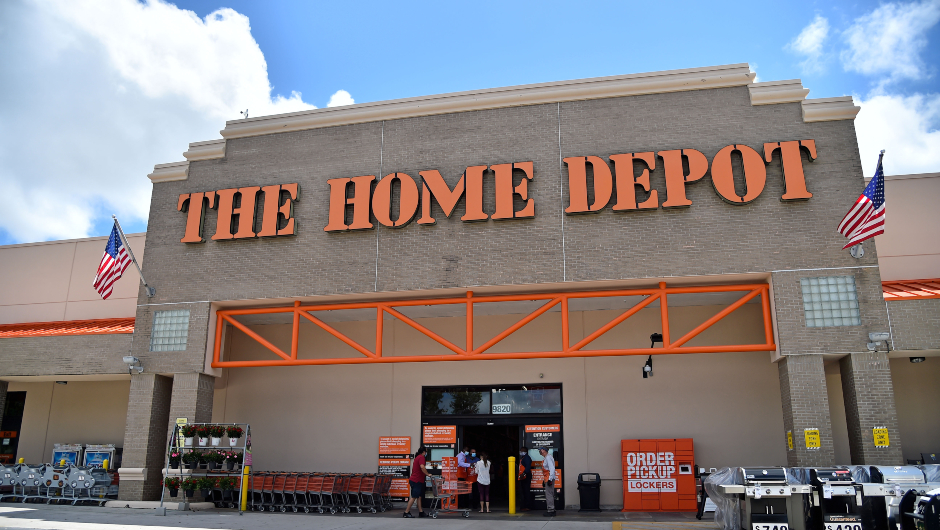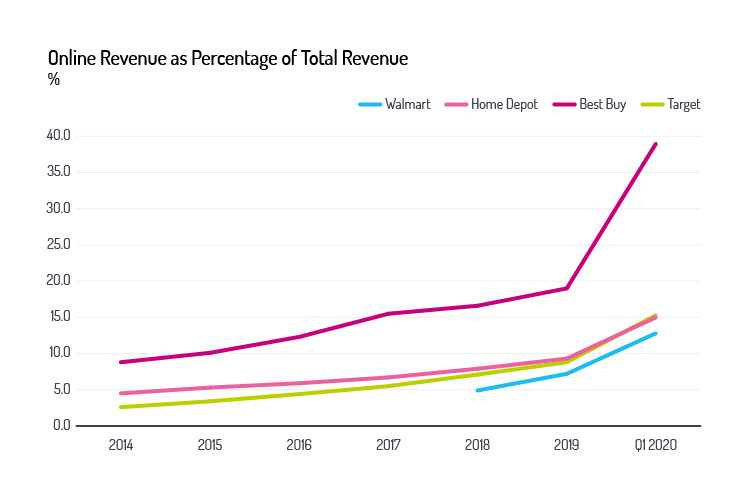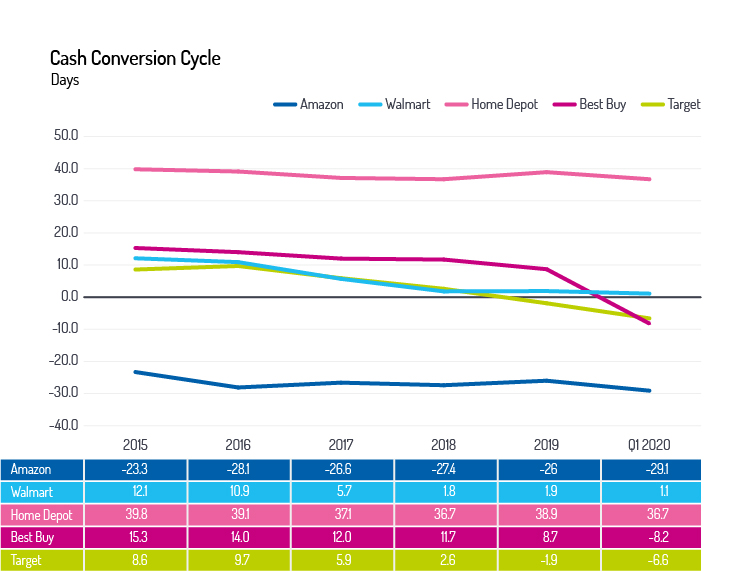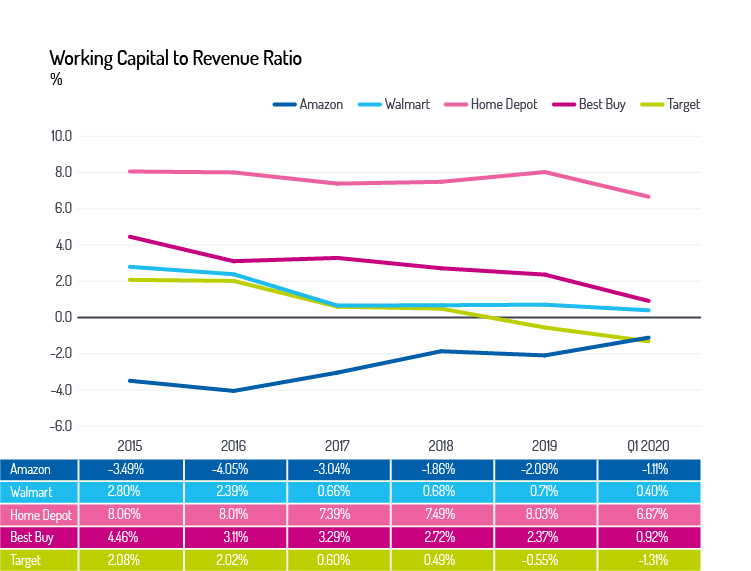Covid-19 rapidly accelerated digital transformation at big US retailers in Q1

US big-box retailers reaped working capital benefits in Q1 amid rapid shift to e-commerce.
After years of playing catch-up with online behemoth Amazon, US retailers such as Walmart, Target, BestBuy and Home Depot received a working capital boost in the first quarter as US consumers switched to e-commerce amid coronavirus lockdowns.
Target’s Chief Operating Officer John J. Mulligan during a Q1 2020 investor call said that this crisis is “causing an acceleration in consumer trial and adoption of digital shopping”. Target doubled its online revenue as a percentage of total from last year to 15%.
In Q1 2020, Offline marketplace leader Walmart saw an ecommerce growth of 74% which took its online revenue to 12% of total revenue while BestBuy’s ecommerce growth was 155% taking its online business to 39% of its total enterprise revenue in the first quarter. The company’s CEO Corie Barry said this online growth in terms of revenue had pressure on enterprise’s gross profit which dipped by 70 basis points due to “higher supply chain costs to fulfil the online sales”.

The boost came at a time when cash was constrained and supply chains were stressed by the pandemic. The working capital for all four retailers decreased in Q1 2020. BestBuy and Walmart registered it under one per cent of their total revenue while for Target, it was in negative in the first quarter of 2020.
A key parameter, the cash conversion cycle, hit a record low for all four companies as they booked online sales, digitally transformed inventory management and stretched payment terms to suppliers. BestBuy and Target seeped into the negative CCC territory in Q1 2020. They recorded CCC at – 8.2 days and – 6.6 days respectively.
However, companies that provide credit to customers are finding that provisions for bad debts are starting to increase working capital. In Q1 2020, Amazon reported an increase in expected losses in accounts receivable by $380 million, mostly in its subscription-based cloud services business, while for BestBuy the increase was $15 million. If the Amazon’s reported increase in credit loss is added to accounts receivable, its CCC increases from – 29.1 days to – 28.6 days.
And ecommerce growth has not been sufficient on its own to offset demands for liquidity. BestBuy drew down on a $1.25 billion credit facility in Q1 and Target issued new $2.5 billion of debt and also added $900 million to its existing $2.5 billion credit facility. While Home Depot upsized its commercial paper program from $3 billion to $6 billion, they expanded their credit facilities from $3 billion to $6.5 billion but they are undrawn as of Q1.

The online market leader, Amazon’s online sales were 50% of its total revenue in Q1 2020 which has come down constantly from 77% in 2014. Its other businesses such as third-party seller and Amazon Web Services (AWS) has taken other major portion of sales for the company. Its AWS business grew from 9.8% to 13.5%, while third-party seller business from 17% in 2017 to 19% in Q1 2020. Amazon’s smallest part of revenue comes from its physical stores which have been in a range of 6% to 7% since 2017.
BestBuy and Home Depot were able to reduce their CCC due to an expansion in Days Payable Outstanding (DPO). BestBuy’s DPO increased from 57 days in 2019 to 81 Days in Q1 2020 while Home Depot’s from 38 days to 42 days. Due to the nature of Amazon’s business model of online sales and subscription, its DPO has been consistently been over 90 days since 2014 which has led to its CCC being in negative territory.

